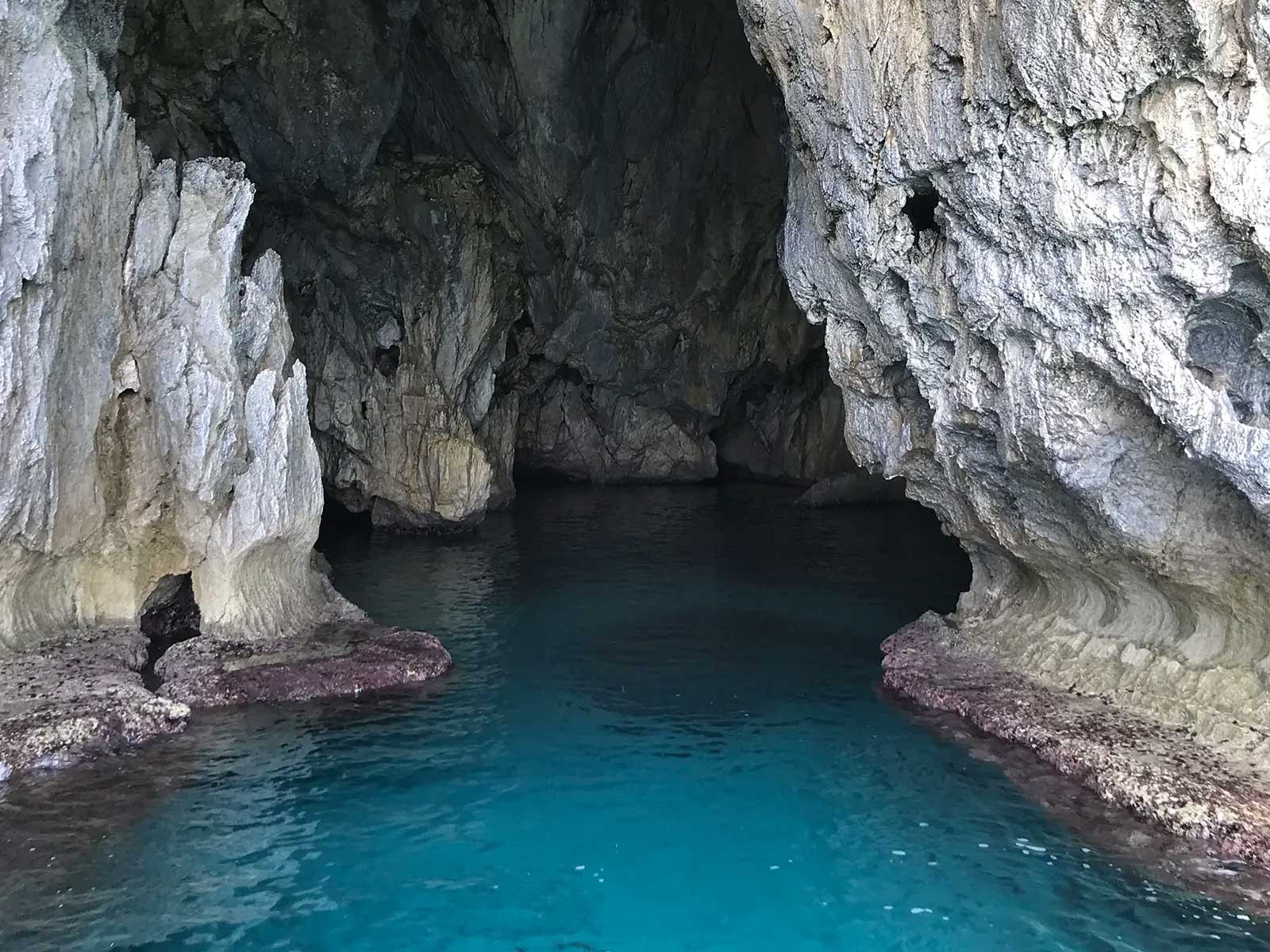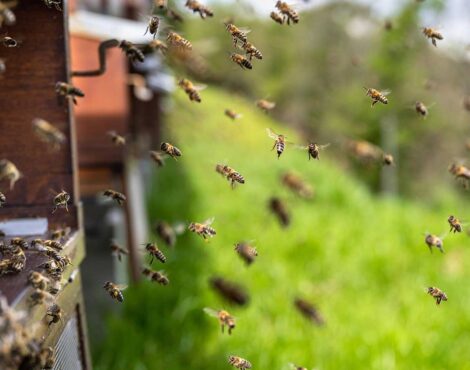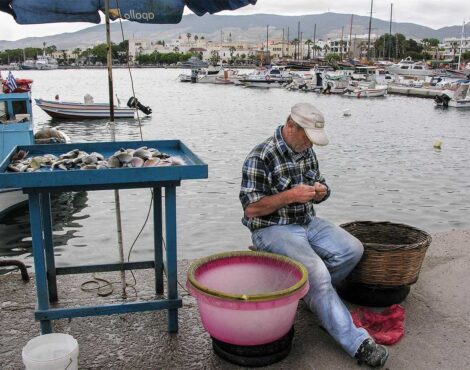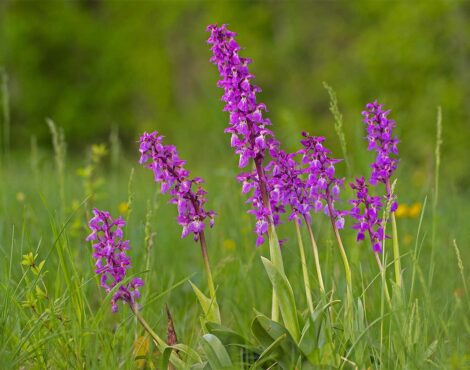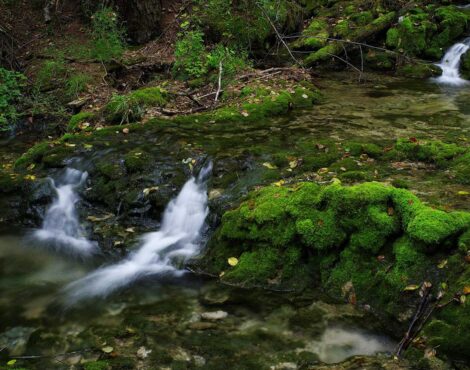Sea Caves and Legends, The Mystical Coastlines of Paleokastritsa
Among the many places that define the beauty of Corfu, none is as enchanting as Paleokastritsa. Here the island meets the sea in a harmony of cliffs, caves and light that feels almost otherworldly. The coastline curves into small bays of deep blue and turquoise, framed by olive-covered hills and rocky peaks. Myths and stories have grown around this landscape for centuries, and it is easy to understand why Paleokastritsa feels like a meeting point between nature and legend.
The Landscape of Myths
According to tradition, this is where Odysseus was shipwrecked and met the princess Nausicaa after his long journey from Troy. The shapes of the rocks and caves seem to carry traces of that ancient tale. Local fishermen still point to certain cliffs and call them by names from the story. Whether myth or memory, the feeling of ancient presence lingers in the air.
The name Paleokastritsa itself means “the place of the old castle,” a reference to the fortress of Angelokastro that stands high above the sea. From its walls, the view of the coastline is breathtaking — a combination of rugged cliffs, silver olive groves and endless blue that seems to go beyond sight.
The Caves of Light and Shadow
What makes Paleokastritsa truly magical are its sea caves. These natural formations, carved by centuries of waves, can be reached only by boat. Small wooden boats glide through narrow openings into spaces filled with shifting light. The water turns bright green or deep cobalt depending on the angle of the sun.
The most famous is the Blue Eye Cave, where sunlight passes through an underwater opening and makes the water glow from within. Others, like the Saint Nicholas Cave or the Nausicaa Cave, hide small chapels or curious shapes formed by nature’s slow patience. Entering them feels like stepping into a secret world where the sea breathes quietly in the dark.
The Monastery Above the Sea
High above the bays stands the Monastery of the Virgin Mary, one of the oldest and most beautiful monasteries on the island. Its white walls contrast with the deep green of the trees and the blue of the sea below. The sound of bells drifts down to the water, blending with the sound of the waves.
Inside, icons glow in soft light and the air smells of incense and flowers. The monastery has welcomed travelers for centuries, offering both spiritual comfort and one of the most stunning views in Greece. From its terrace, the horizon seems endless, and the colors of the sea shift like silk in the wind.
Life Around the Bays
The bays of Paleokastritsa are small worlds of their own. Each has its own character one perfect for swimming, another quiet for reflection, another where fishermen still tie their boats. In summer, the water is so clear that you can see the shadows of fish moving over the sand far below.
Tavernas on the shore serve food caught that same morning. The smell of grilled octopus and olive oil mixes with the scent of jasmine from nearby gardens. Even with visitors coming and going, there are still moments when the place feels private, like a secret shared between the island and the sea.
A Natural Sanctuary
What makes Paleokastritsa unique is its balance between wildness and peace. The cliffs are dramatic, yet the water is calm. The villages nearby are lively, yet silence always returns at sunset. The combination of colors, light and stories gives the place a spiritual quality. Many travelers say that even after leaving Corfu, they continue to dream of the caves and the way the sea changed its shades with every passing hour.
The Spirit of the Sea
In the end, Paleokastritsa is not only a destination but an experience. It teaches patience and wonder. Watching the waves enter the caves, you feel how nature moves slowly but with purpose. The sea does not hurry, yet it shapes stone into beauty.
To visit Paleokastritsa is to understand why people have always told stories about it. The myths are simply a way of explaining the feeling that something eternal lives here in the light, in the water and in the silence that follows when the wind stops.

